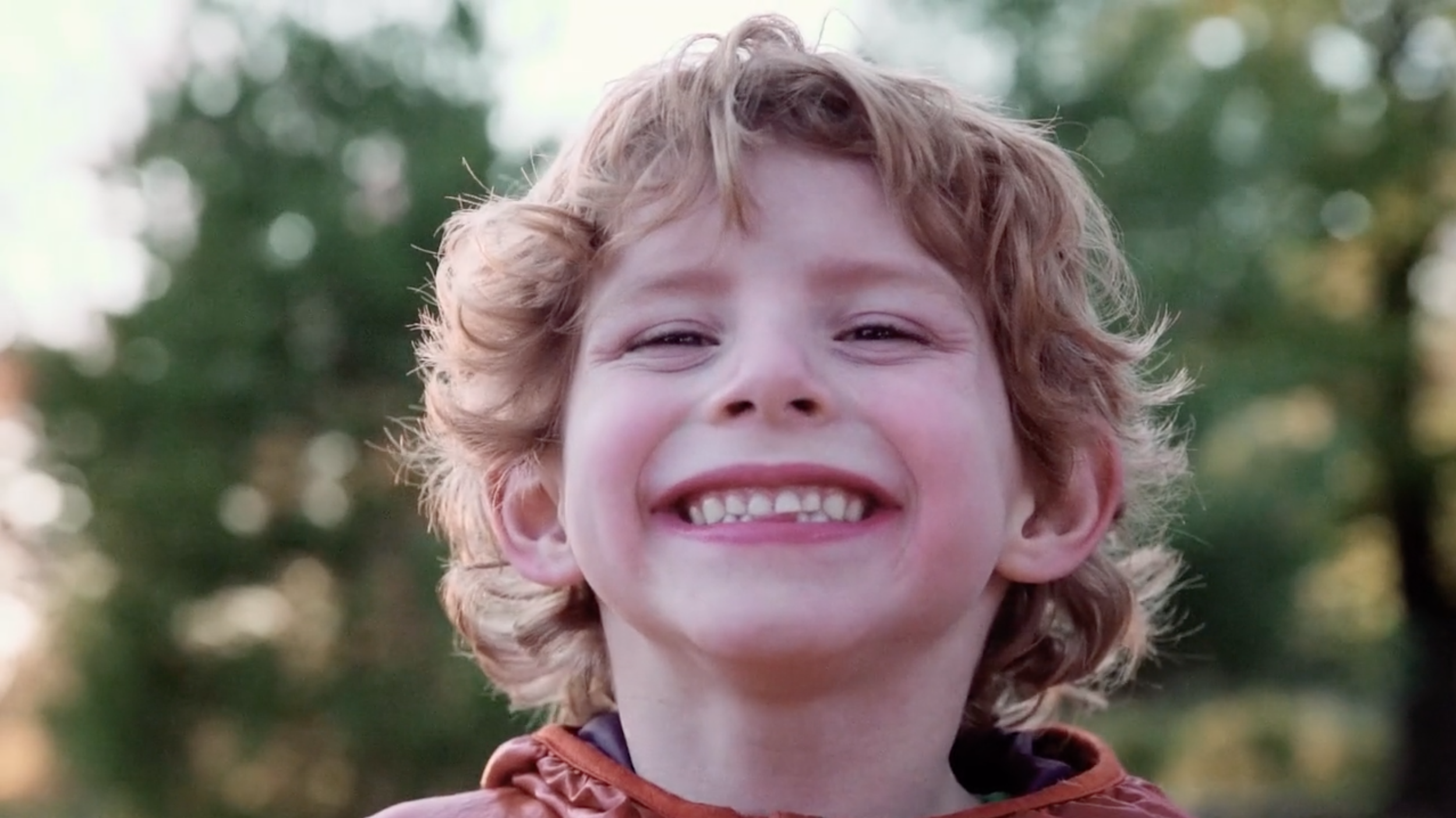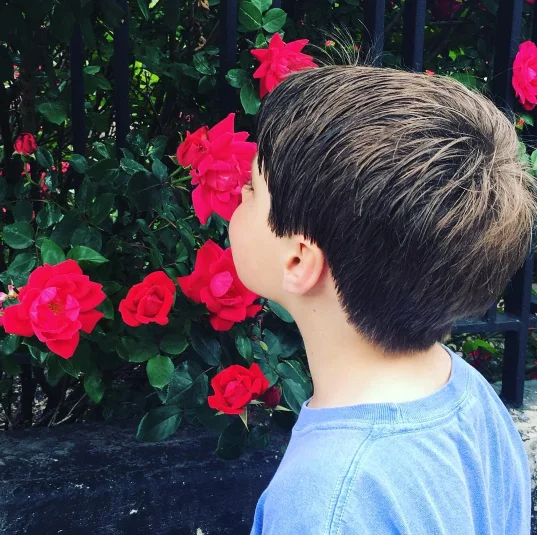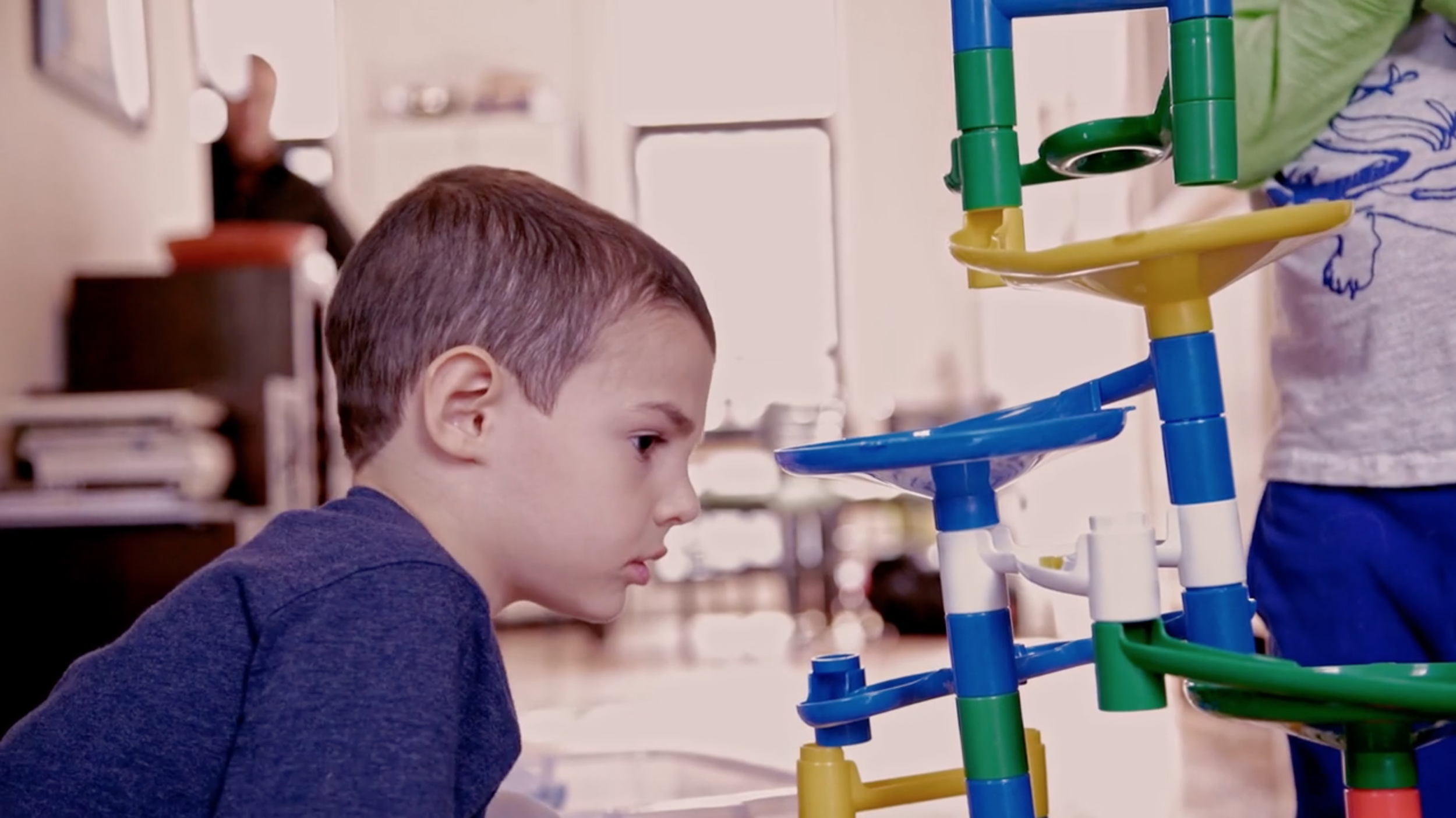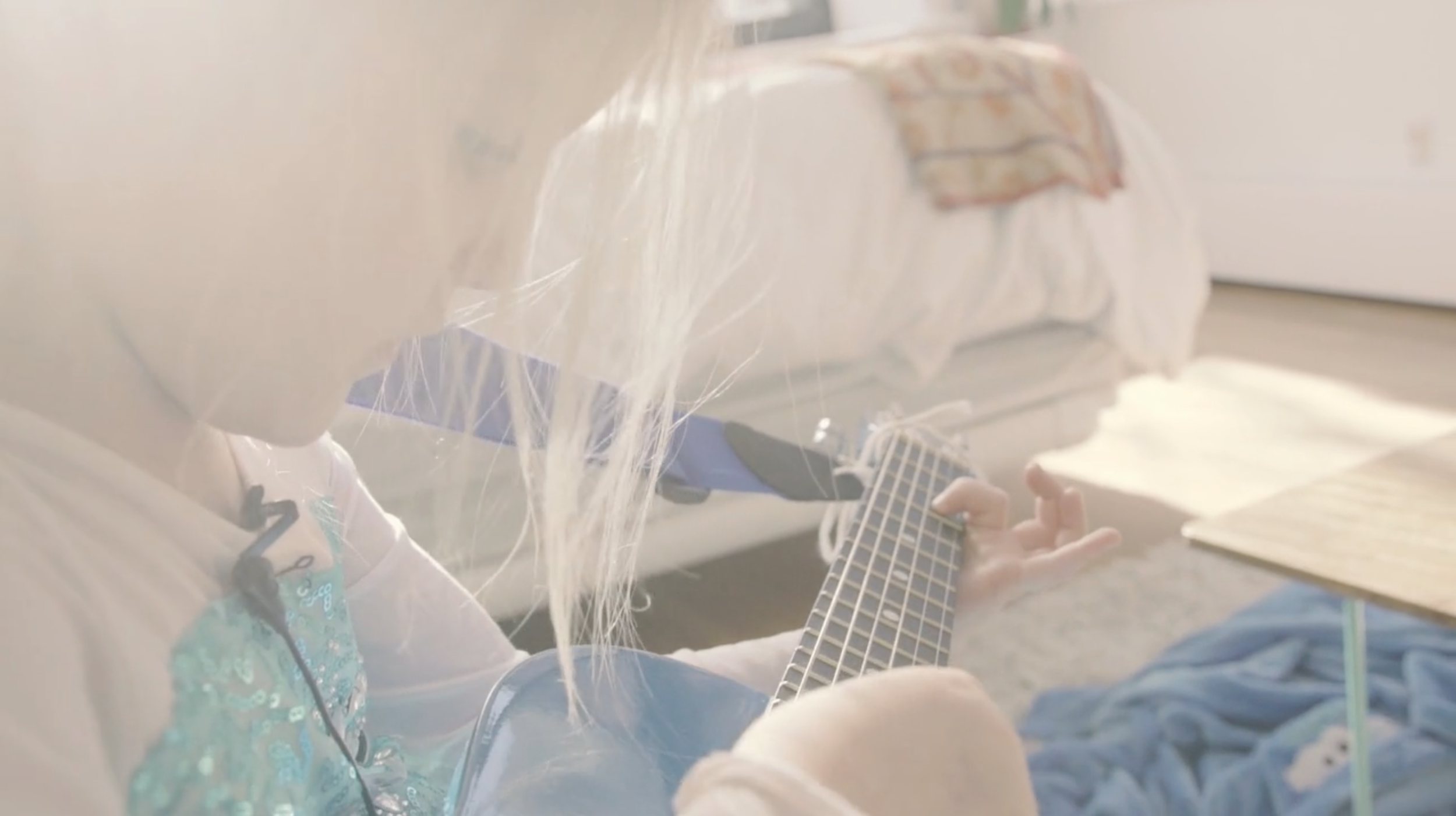It’s the season for sports and music and art classes. Back to School is in full swing and kids’ schedules are getting busier and busier. With that, comes more opportunity for good conversations and memorable storytelling that improve kids’ confidence and strengthen your bond.
Here’s a rundown of how to create those kinds of conversations, starting with a reminder to carve out time to talk to kids about their experiences, motivations, and emotions. When we are shuffling from activity to activity while trying to meet our own deadlines, finding time and space to have those conversations is hard.
Remember, it doesn’t take a long time to have a good conversation. Grab your moments and be intentional.
Start by asking these three questions when you pick up your kids from their next soccer practice or orchestra rehearsal.
What was the best part?
Focus on the positive. Asking your child to identify the best part of soccer practice encourages her to look for positive experiences, even if (especially if) the practice didn't go as smoothly as she wanted, or didn't live up to her expectations.
Photo by Jeffrey Lin on Unsplash
Taking a moment to assess an experience and find the good in it helps your child practice balance, gratitude and hopefulness. When you encourage your child to do this through conversation, you are helping them through the process and reminding them that they are not alone – you are there with them to celebrate and to support.
“What was the best part” is the perfect first question because it gives your child something to celebrate, something good to share with you. It goes a long way to creating a safe, comfortable space for kids to talk to and connect with you.
Asking your child to share the best part of orchestra or soccer practice gives them a launch pad for a story and a path for a meaningful conversation. It gives you a glimpse into what matters to them, and what they value. This is the heart of real conversations. And it often makes for a great story!
How do you think you played?
This second question moves into the topics that are more difficult for your kids to talk about, but even more necessary for you to dig into together.
Be careful how you frame this question. If kids feel like they are being interrogated or judged, they shut down. Your conversation, your relationship, and their confidence suffer.
This doesn't mean that kids don't want to share their challenges with parents - they do - but they want to do so in a way that does not make them feel more judged, or more embarrassed, than they may already feel. Sometimes your child leaves practice feeling vulnerable. If she ran into another player because the coach said "go right" and she went left, she may have been hurt, and she may have been laughed at. Don’t compound her negative feelings about herself or the situation. Let her take the lead in explaining the experience from her point of view and walk through how to address it together, carefully and respectfully.
Photo by Markus Spiske on Unsplash
“How do you think you played” creates space for kids to communicate. It signals that you are interested in how they are playing because you care about them, and you care about the things that matter to them. You are not looking for a scouting report. Their answers don’t change how much you love them or how proud of them you are.
Everyone wants to get better - that's why they practice. Let your child know that you are not asking these questions because you want to see immediate results. He does not need to master every note in his orchestra piece today. You are engaged in the learning process, warts and all. You are present for their stories and you are ready to help them achieve their goals.
Part of achieving those goals is discovering what they need to work on. That’s why “how do you think you played” is a good way to help kids evaluate where they are and where they want to be without judgement or pressure. It is much more productive – for your conversation and for their development – than “what did you do wrong” or “why was the conductor yelling at you.”
It also gives you, as a parent, the opportunity to share your own stories. Kids love to hear about what parents were like when we were their age. If you can share an embarrassing story, or an example of how you faced a challenge, your child feels less alone and more encouraged. Remember, when you are sharing your stories, this is not the time to take over the conversation, to air out old grievances, or to show off. Let your child take the lead.
What are you looking forward to next time?
Look-ahead questions create interesting and honest conversations. When you ask your child what she is looking forward to next time, you are encouraging her to move on from disappointments and build on successes. And you are doing that without commanding her to “move on” or “work harder.”
Photo by Fede Casanova on Unsplash
Even more importantly, a look-ahead question like this signals to your kids that you are with them for the long haul. You did not start this conversation so that they could deliver you a report that you can file away. You did not ask them to open up to you simply to fill the time on the way home. You are engaged with them and supportive of them. You are in this together.
Every question you ask your children is an opening for them to share their stories, to build their confidence, and to strengthen your bond comfortably and safely.
This is a busy season. We – parents and kids – too often feel like we are rushing through our lives, never taking time to look back, to look forward, or to be present in the moment with each other. Taking even a small amount of time to have an intentional conversation with each other slows everything down just enough so that we don’t miss these precious moments and we don’t rush through opportunities to connect with each other and celebrate each other.
Ask your child these questions. You’ll still make it to your next activity on time.
- Elizabeth Eames, September 2018
Elizabeth Eames is a professional communicator, a parent, and a member of the Portraits that Move Team.

















